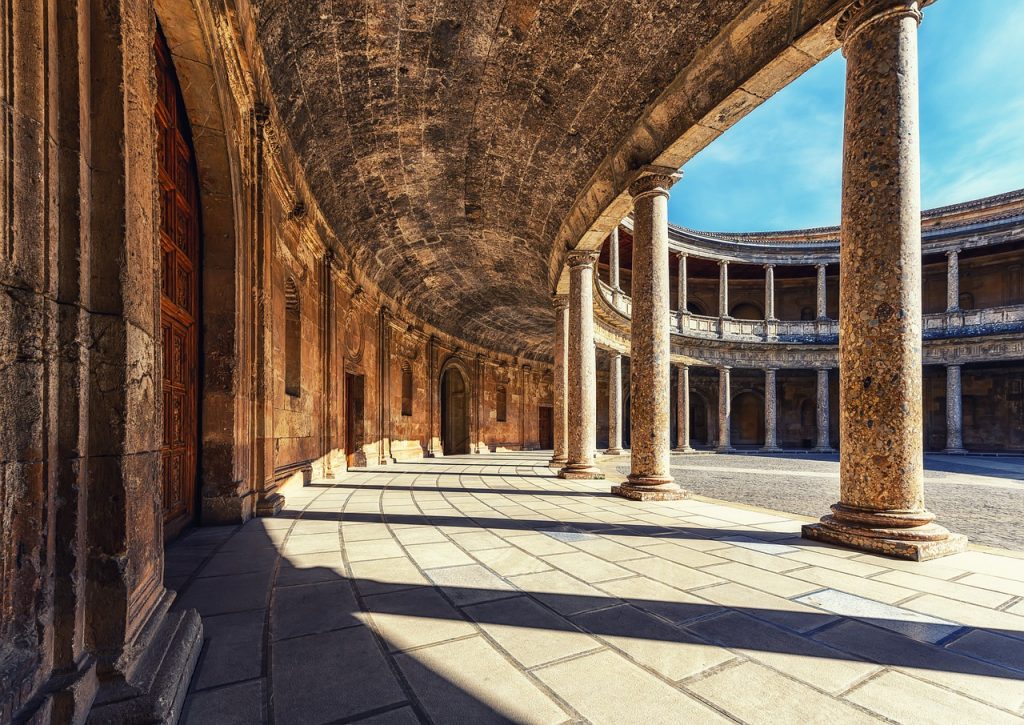Nestled on the eastern coast of Spain, within the province of Alicante, lies the picturesque town of Calpe. This coastal gem, celebrated for its stunning beaches, towering rock formations, and vibrant culture, also boasts a rich tapestry of history that spans several millennia. From its early days under Moorish rule to its current status as a beloved tourist destination, Calpe's journey through time is a fascinating narrative of resilience, cultural exchange, and transformation.
The Moorish Legacy
The history of Calpe is deeply intertwined with the Moorish period, which began in the early 8th century when the Moors conquered the Iberian Peninsula. The Moors, who were skilled in agriculture, irrigation, and architecture, left an indelible mark on Calpe. They introduced new farming techniques, such as terraced farming, which allowed for the cultivation of the rugged landscape, thereby laying the groundwork for the region's agricultural prosperity. The Moors also erected several defensive structures, including watchtowers along the coastline to protect against invasions. One of the most enduring symbols of this era is the Peñón de Ifach, a massive limestone outcrop that dominates Calpe's skyline. The Moors utilized this strategic natural fortress as a lookout point, a practice that would continue under subsequent rulers.
The Christian Reconquest and Beyond
The Christian Reconquest of Spain, culminating in the late 15th century, marked the beginning of a new chapter in Calpe's history. The town, like many others in the region, was gradually repopulated by Christians from other parts of Spain. This period saw the construction of churches and the establishment of new traditions, many of which survive to this day. However, Calpe continued to be a focal point for conflict due to its coastal location, which made it vulnerable to pirate attacks. In response, the inhabitants fortified the town and built additional watchtowers, remnants of which can still be seen today.
The Agricultural Era
Following the turbulent medieval period, Calpe entered a phase of relative stability and growth, primarily through agriculture. The cultivation of almonds, olives, and citrus fruits became the backbone of the local economy. The terraced landscapes, first developed by the Moors, were expanded, shaping much of the region's picturesque rural character. This era also saw the growth of the salt industry, with salt pans being developed near the coast. The production of salt, essential for preserving fish, became a significant economic activity, linking Calpe to maritime trade routes across the Mediterranean.
The Advent of Modern Tourism
The late 20th century brought about the most transformative change in Calpe's history: the rise of tourism. The town's beautiful beaches, Mediterranean climate, and rich historical heritage made it an attractive destination for visitors from around the world. The construction of modern infrastructure, including hotels, restaurants, and leisure facilities, accompanied this boom in tourism. Calpe's economy, once dependent on agriculture and fishing, shifted towards services and hospitality. The Peñón de Ifach, now a protected natural park, became a symbol of Calpe's natural beauty and a magnet for tourists and nature enthusiasts alike.
Preserving History and Embracing the Future
Today, Calpe is a vibrant blend of the old and the new. The town has made considerable efforts to preserve its historical sites, including the Moorish towers, the medieval town walls, and the ancient salt pans, now an important wetland habitat for birds. These historical landmarks coexist with modern amenities, offering visitors a rich cultural experience. Calpe's annual festivals, such as the Moors and Christians festival, celebrate the town's diverse heritage, bringing to life its historical struggles and triumphs through spectacular parades and reenactments.
Conclusion
From its origins as a strategic Moorish stronghold to its current status as a thriving tourist destination, Calpe's history is a testament to the enduring spirit of its people. The town has navigated invasions, cultural shifts, and economic transformations, each time emerging stronger and more vibrant. As Calpe looks to the future, it continues to honor its past, preserving its rich history while welcoming visitors from around the globe to share in its natural beauty and cultural treasures. Whether exploring its ancient ruins, enjoying its pristine beaches, or participating in its lively festivals, visitors to Calpe are participating in a story that has been unfolding for centuries.
Frequently Asked Questions (FAQs)
What historical influences can be seen in Calpe?
Calpe's history is marked by influences from the Iberians, Romans, Moors, and Christians, evident in its architecture, cuisine, and festivals
What is the significance of the Peñón de Ifach in Calpe?
The Peñón de Ifach is a symbol of Calpe, offering a natural fortress historically and a unique ecosystem for diverse plant and animal species
How has Calpe's economy transformed over the years?
Originally dependent on agriculture and fishing, Calpe's economy has shifted towards services and hospitality with the rise of tourism
What efforts are being made to preserve Calpe's historical and natural heritage?
Calpe promotes sustainable tourism, protects historical sites, and conserves natural areas, balancing growth with preservation
Why is Calpe considered a vibrant and welcoming place for visitors?
With its rich cultural heritage, stunning landscapes, and commitment to sustainable growth, Calpe offers a dynamic community and diverse experiences for visitors
